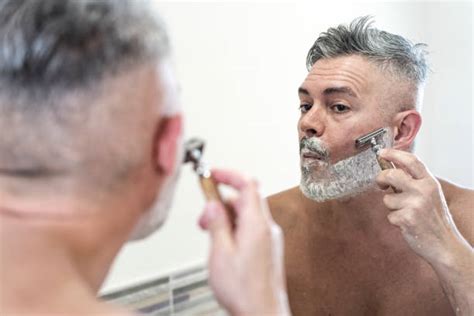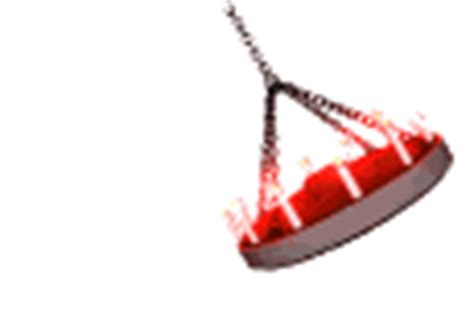Optimal shave: How to prevent razor burn & ingrown hairs for peak skin performance?
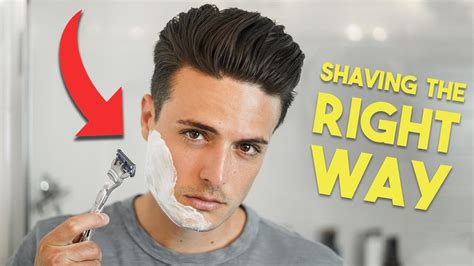
The Quest for the Perfect Shave: Banish Razor Burn and Ingrown Hairs
For many, shaving is a daily ritual, but it can often come with unwelcome side effects: razor burn and ingrown hairs. These common skin irritations not only detract from a clean, smooth appearance but can also cause discomfort and confidence issues. Achieving an optimal shave that leaves your skin feeling and looking its best isn’t about expensive products alone; it’s about understanding the mechanics of shaving and implementing a strategic routine. This guide will walk you through the essential steps to prevent these pesky problems and ensure peak skin performance with every shave.
Understanding Your Adversaries: Razor Burn and Ingrown Hairs
Before we can prevent them, it’s crucial to understand what causes razor burn and ingrown hairs. Razor burn is an irritation of the skin caused by improper shaving techniques, dull blades, or a lack of lubrication. It manifests as redness, itching, and tenderness.
Ingrown hairs, on the other hand, occur when a hair curls back or grows sideways into the skin instead of growing out. This can happen when hair is cut too short, or when dead skin cells block the hair follicle. They often appear as small, red bumps, sometimes painful or pus-filled, resembling pimples.
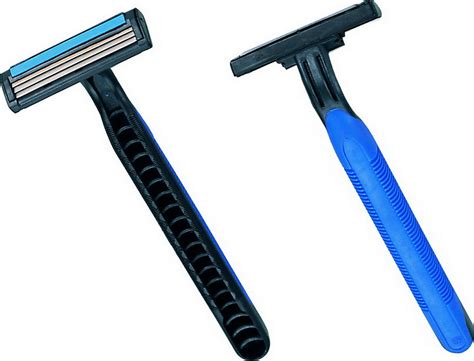
The Pre-Shave Ritual: Preparation is Paramount
The secret to a great shave begins long before the blade touches your skin. Proper preparation softens the hair and prepares the skin, reducing friction and irritation.
- Exfoliate Gently: 12-24 hours before shaving, use a mild exfoliant (physical or chemical) to remove dead skin cells that can trap hairs and dull your blade.
- Warm Water and Steam: Shower or apply a warm, damp towel to the area you plan to shave for at least 2-3 minutes. Warm water opens pores, relaxes the skin, and softens hair, making it easier to cut.
- Apply Pre-Shave Oil: A thin layer of pre-shave oil creates a protective barrier between your skin and the razor, providing extra lubrication and helping the blade glide smoothly.

Mastering the Shaving Technique: A Gentle Approach
Your technique is perhaps the most critical factor in preventing irritation. Haste and improper blade use are common culprits.
- Use a Sharp, Clean Razor: Dull blades tug at hair, causing irritation. Change your blade every 5-7 shaves or when you feel any drag. Rinse your blade frequently during shaving to remove hair and product build-up.
- Lather Up: Apply a high-quality shaving cream or gel generously. It should create a rich, thick lather that lifts the hairs and provides a slick surface for the blade. Let it sit for a minute to further soften the hair.
- Shave with the Grain: Always shave in the direction your hair grows first. This minimizes tugging and reduces the risk of cutting the hair below the skin’s surface, which can lead to ingrowns. For a closer shave, you can reapply lather and shave across the grain, but never against it if you’re prone to irritation.
- Light, Short Strokes: Use minimal pressure and let the razor do the work. Long, aggressive strokes can cause razor burn. Rinse the blade after every few strokes.
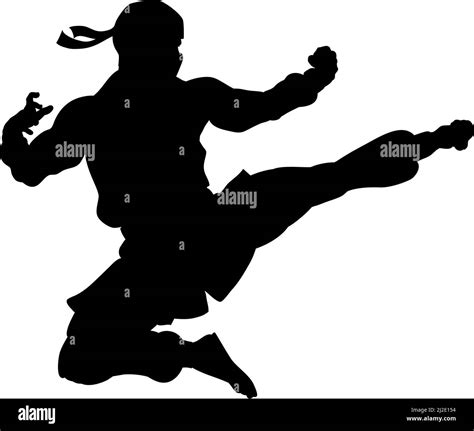
The Post-Shave Routine: Soothe and Protect
What you do immediately after shaving is just as important as the preparation and technique.
- Cold Water Rinse: Rinse your skin with cold water to close pores and soothe any post-shave irritation.
- Apply Aftershave Balm or Lotion: Avoid alcohol-based aftershaves, which can dry out and irritate the skin. Opt for a soothing, hydrating balm or lotion with ingredients like aloe vera, witch hazel, or chamomile to calm and moisturize.
- Moisturize Regularly: Keep your skin hydrated between shaves. Well-moisturized skin is more resilient and helps hair grow out properly.
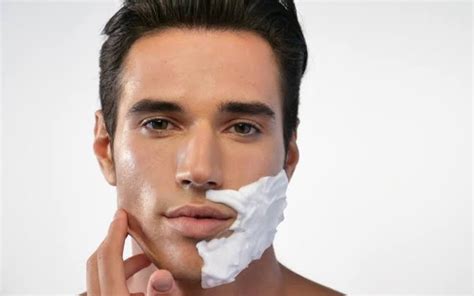
Long-Term Care and Persistent Issues
Even with the best routine, some individuals might still experience occasional issues. If ingrown hairs are a persistent problem, consider these additional steps:
- Regular Exfoliation: Continue gentle exfoliation a few times a week between shaves to prevent dead skin cells from blocking follicles.
- Loose Clothing: After shaving, especially in areas prone to ingrowns (like the bikini line or neck), wear loose-fitting clothing to prevent friction that can irritate newly shaved skin and push hairs back into the skin.
- Consider Alternatives: If razor burn and ingrown hairs remain a significant problem, exploring other hair removal methods like electric shavers (which don’t cut as close), depilatory creams, or laser hair removal might be beneficial.
Conclusion: Consistency for Peak Performance
Achieving an optimal shave free from razor burn and ingrown hairs is an attainable goal. It requires a commitment to a consistent, mindful grooming routine that focuses on proper preparation, gentle technique, and effective post-shave care. By integrating these practices into your regimen, you’ll not only enjoy a closer, more comfortable shave but also cultivate healthier, happier skin that performs at its peak, day after day.







